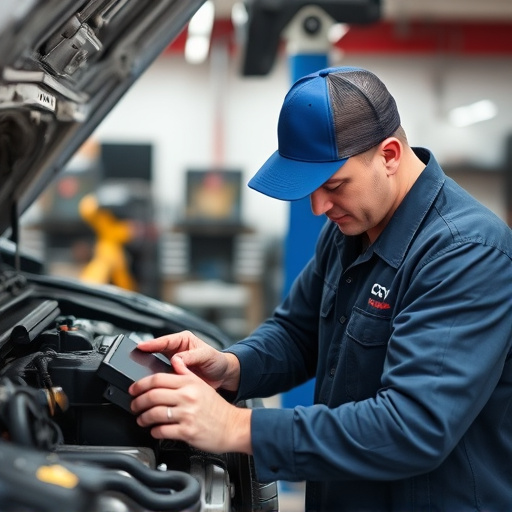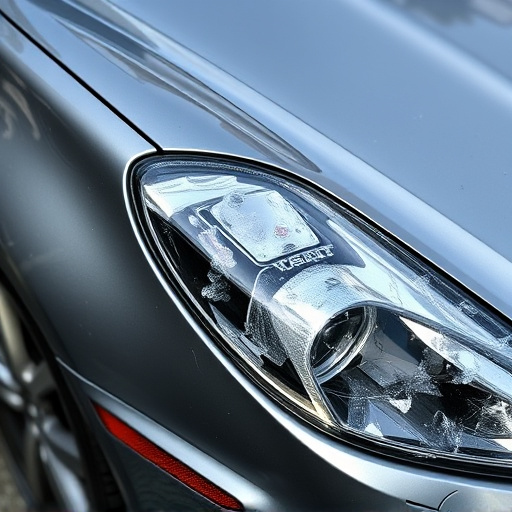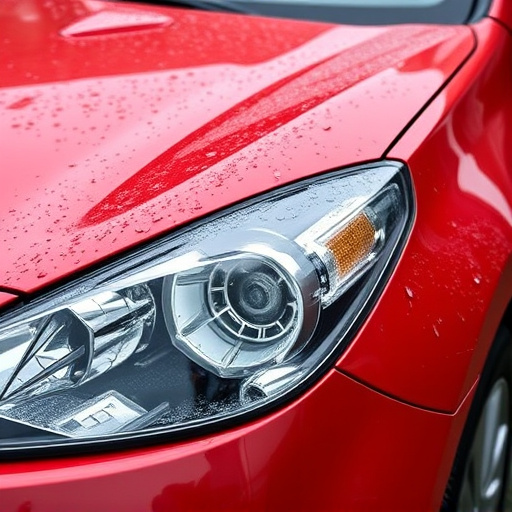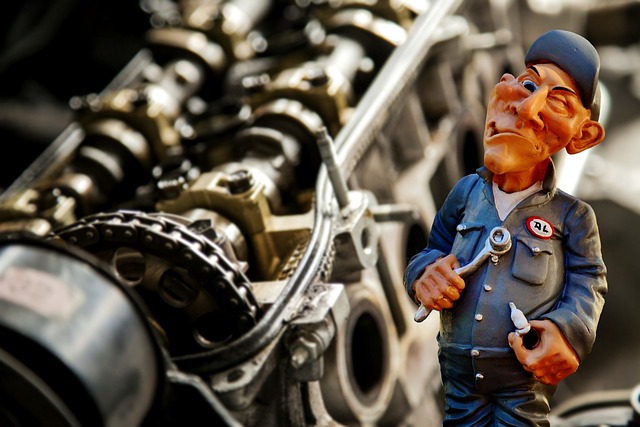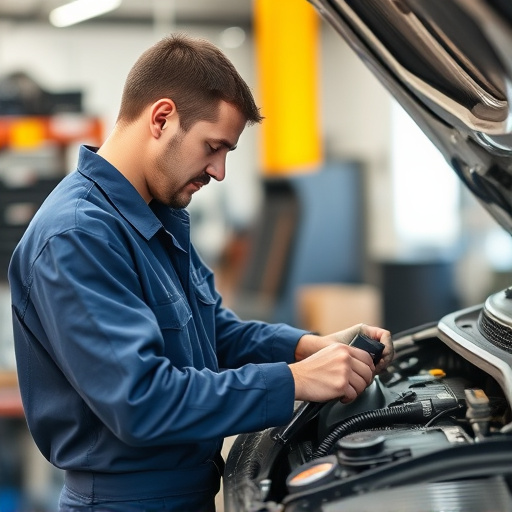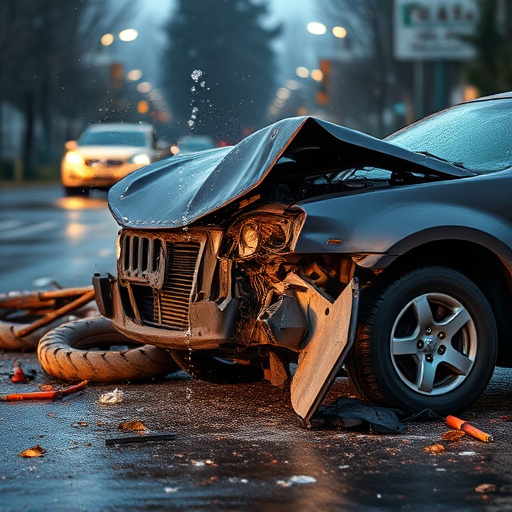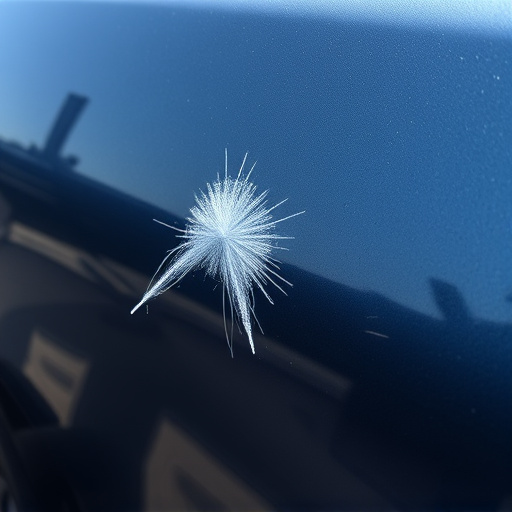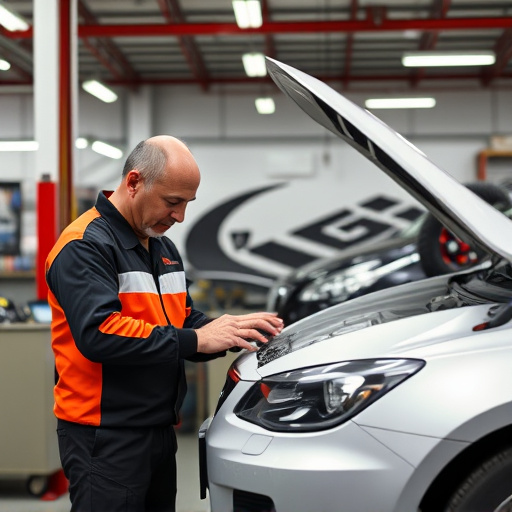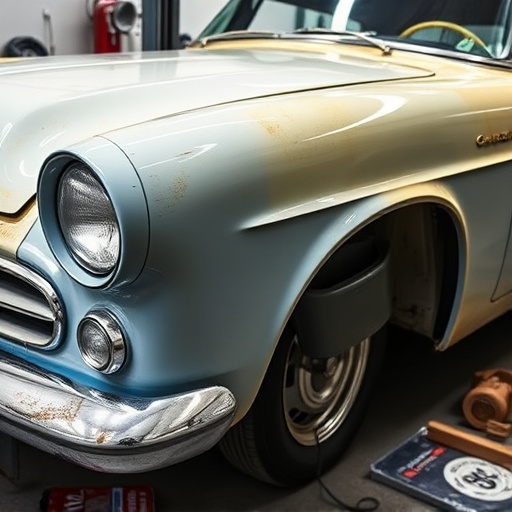Tempered glass installation is crucial for vehicle safety, enhancing impact resistance and reducing injury risks during collisions. Its superior strength and shattering behavior upon impact meet stringent crash test standards like NHTSA and Euro NCAP. This advanced material maintains structural integrity at high temperatures, boosting overall vehicle performance and passenger comfort.
“Discover the transformative role of tempered glass installation in enhancing vehicle safety. This article explores how this specialized glass not only adds aesthetic appeal but also plays a critical part in crash test protocols. Understanding its unique properties and benefits is key to grasping why it’s a fundamental component in modern automotive design. We’ll delve into the rigorous crash test standards and unravel the impact resistance capabilities of tempered glass, highlighting its significance in ensuring passenger safety.”
- Understanding Tempered Glass: Properties and Benefits
- Crash Test Protocols: Standards and Safety Measures
- The Impact Resistance of Tempered Glass in Vehicles
Understanding Tempered Glass: Properties and Benefits
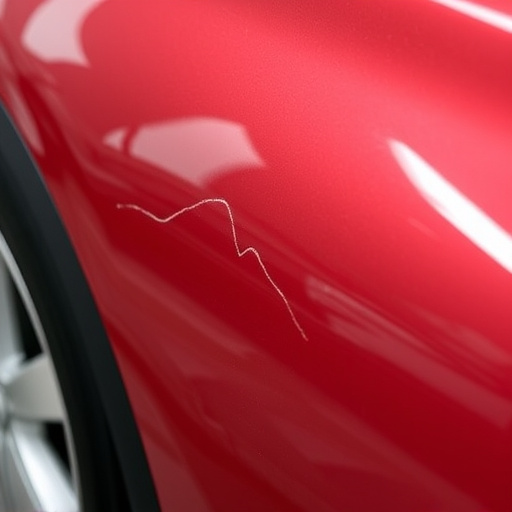
Tempered glass, a highly advanced material, plays a pivotal role in modern vehicle safety, especially during crash tests for auto body repairs and vehicle collision repair scenarios. Unlike regular glass, tempered glass installation involves a meticulous process that enhances its strength and toughness. This transformation makes it resistant to shattering even under extreme force, which is crucial for protecting occupants in case of sudden stops or collisions.
The unique properties of tempered glass offer numerous benefits for auto body repairs and vehicle collision repair. Its superior impact resistance ensures that the glass retains its integrity during a crash, minimizing the risk of sharp fragments causing injuries. This characteristic is invaluable in preventing severe wounds during accidents, making it an indispensable component in modern safety systems. Additionally, tempered glass’s ability to withstand high temperatures without losing its structural integrity enhances overall vehicle performance and passenger comfort.
Crash Test Protocols: Standards and Safety Measures
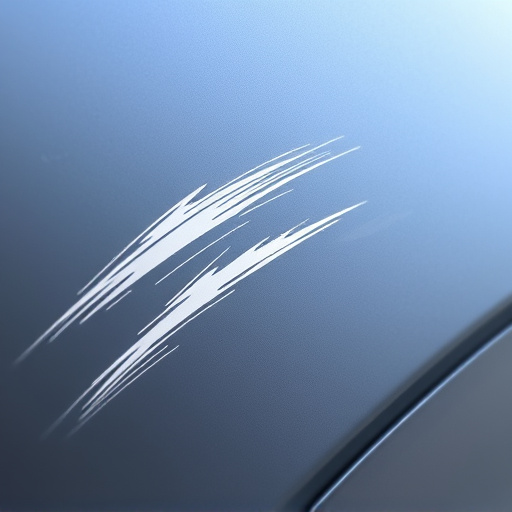
Crash tests are rigorous evaluations that simulate real-world driving conditions to ensure vehicle safety. These protocols adhere to stringent international standards, such as those set by the National Highway Traffic Safety Administration (NHTSA) and Euro NCAP, which mandate specific impact scenarios and performance criteria. During these tests, vehicles undergo frontal, side, and rollover collisions, with special attention given to passenger protection and structural integrity.
Tempered glass installation plays a pivotal role in crash test protocols. The glass must withstand extreme forces without shattering, mitigating collision damage repair needs and minimizing the risk of injuries from flying debris. This is particularly crucial for windscreens, which bear the brunt of the impact during frontal collisions. Properly installed tempered glass can significantly enhance vehicle dent repair efficiency and reduce the need for extensive scratch repair treatments following accidents.
The Impact Resistance of Tempered Glass in Vehicles
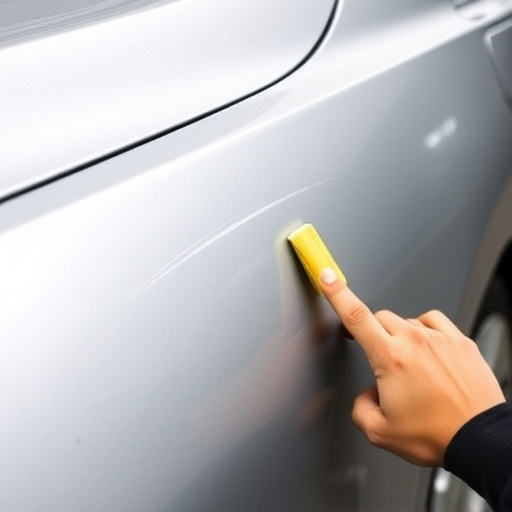
Tempered glass installation plays a pivotal role in enhancing the safety and impact resistance of vehicles. This advanced glass treatment is designed to withstand extreme forces during crash tests, ensuring passenger protection. When incorporated into car body shop and vehicle body shop structures, tempered glass offers a significant advantage by shattering into small, harmless pieces upon impact rather than sharp, dangerous fragments. This property not only minimizes the risk of severe injuries but also provides a robust barrier that can absorb and distribute energy during a collision.
The impact resistance of tempered glass is a critical factor in modern automotive design. It contributes to the overall structural integrity of a vehicle, providing a secure environment for occupants even in the event of a mishap. This is particularly crucial in the ever-evolving landscape of automotive repair services, where meeting stringent safety standards has become paramount.
Tempered glass installation plays a pivotal role in enhancing vehicle safety during crash tests. Its exceptional impact resistance, combined with stringent crash test protocols, ensures that modern vehicles provide superior protection for occupants. Understanding the properties and benefits of tempered glass, as well as adhering to established safety standards, is essential for achieving optimal safety outcomes in automotive design.

